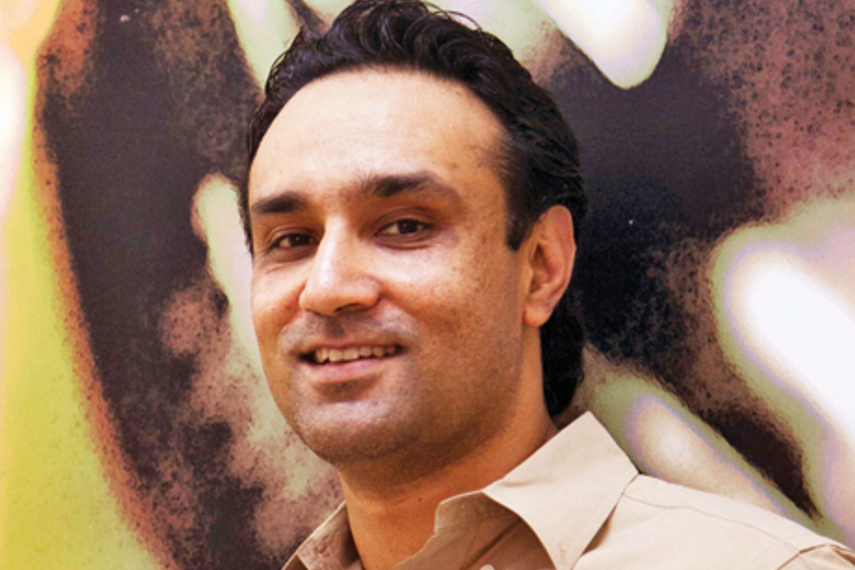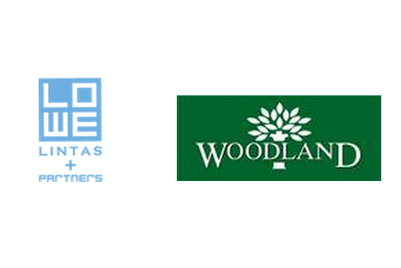
Woodland entered India in 1992, one of the first international footwear/apparel to set up shop in the country. What made you so bullish about the Indian market? Two decades on, how has been the experience?
In the early 90s when we considered other markets we realised that there was no such specialised brand in India. We realised that this market can really be nurtured into a very big market for us. It’s a long process to be very honest. But as we know India is one of the biggest markets in the world with our population being second largest in the world. The process is on, the growth continues and this is a growing market with extremely promising prospects.
Tell us about the process when Woodland entered India and how you address the issues and obstacles? Tell us about your product expansion plans?
We initially tested the market through our distribution network. We got together with a few distributors in the main markets like Mumbai, Delhi, Chandigarh etc and we tested a few products through these distributors. We made sure that our product quality was at par with what the consumer wanted as the fits and foot sizes were completely different in the Indian market. The initial testing process we did was a big success. The first year, in 1992 our turnover was Rs 7 crore, the next year it soared to Rs 20 crore and the year next to Rs 35 crore so it was a huge incremental growth that we achieved in the market. This gave us the confidence to open our first store in Delhi over a period of time. We now have 400 stores in the country and in this financial year we are planning to open another 50 odd stores. We still keep on studying the markets and location and we are still equally cautious in our growth approach. This is the reason that all our stores are profitable.
Woodland plans to add about 50-60 stores in the current financial year. Out of these, 30 per cent will be the metros and tier 1 cities as the metros and big cities are expanding fast and new markets are coming and so are the new malls around the new development.
40 per cent of the new stores will be in the Tier 2 cities where we have stores already and would add more on the basis of encouraging sales figures and performances of FY 2012-2013.
The rest 30 per cent will be in the tier 3 and 4 cities, which have high growth potential and market is already developed. It has a strong youth base with presence of colleges and educational institutions.
What was the initial route of communication you adopted to build the brand in India? How has the communication evolved over the last two decades that you have operated in India?
In those days electronic media was very important. So, our approach took a lot of support of the electronic root. OOH and print was also very important. We were very clear on our target group, which was young consumers in the15-20 year age group and hence, we were clear with our marketing approach from the very beginning.
But now things have changed completely. Our focus now becomes social network and digital. We do stick to electronic media but print has become much less. Now I can say that electronic and social media has evolved tremendously and no brand can now shy away from that. We work with Lowe Lintas for traditional media, Group M for digital media and Inkling, London for social media. Apart from this we work with several national and international agencies on creatives and content creation.
What is your annual advertising budget? By what percentage you have increased it over the past years?
Annual advertising budget is around ten and a half per cent of the total communication budget. 2 per cent of this is for social media, 5 per cent electronic and the rest is for tie ups, events and so on. Over the years our advertising budget has increased from 8 to 10 ½ per cent.
What is the size of the Indian branded apparel and footwear market Woodland operates in? What is your current market share?
The branded shoe and apparel market is estimated at around Rs 26000 crore. Woodland operates in the niche outdoor apparel and shoe category, which is into specialised and performance wear. We currently hold more than 80 per cent of the market in this category and constantly raise bar internally due to customer focused innovation and introduce disruptive innovative product lines and technologies.
How much Woodland India contributes to the overall global revenues?
Our total global revenue is 1 billion dollars and the contribution of the Indian market is almost 22 per cent.
How many units do you sell every year? In percentage terms what kind of growth are your witnessing? Of the entire inventory base of Woodland which is the highest selling products in India?
We sold more than 5 million pairs in the last financial year. The new ambassador program and the youth outdoor adventure programs are helping us reach millions of new customers and help promoting adventure and outdoor high adrenaline sports in India. We see market growing for us organically at 25-30 per cent year-on-year. This combined with our new technologies and materials in apparel and shoes and innovative product lines is helping create markets which are very high growth. The ‘proplanet’ line of apparel and shoe has had a fantastic response from our target audience and social media engagement along with innovative OOH campaigns integrated with electronic and digital are very effectively widening consumer base for our high performance functional lines as well.
More than 58 per cent of total revenue is generated from the footwear category. Apparel products including jackets, cargos, organic and super charged cotton lines, functional outdoor shirts are the star the category.
Indian market has really opened up and there are so many international brands available in the country. What will be strategy to combat competition? How do plan to increase your consumer base and increase brand loyalty?
We believe that competition is always healthy. It helps brands to innovate and stay up to the mark. Brands put more thoughts towards products and product offerings. Competition also helps consumers to get good products at good prices. Talking to our consumer base and trying to increase that is our first and foremost focus on social media.
Going forward what do you think will be the growth triggers for Woodland in India?
At the moment Woodland is very strong in India. We would like to bring in new product portfolio in the market and explore.
When it comes to working in the Indian market we don’t just rely on the general market research, we personally go and meet the consumers without mentioning that we are from Woodland. We believe in keeping up to our standards and growing and evolving with our consumer.
Woodland campaigns











.jpg&h=334&w=500&q=100&v=20250320&c=1)




.jpg&h=334&w=500&q=100&v=20250320&c=1)


.jpg&h=334&w=500&q=100&v=20250320&c=1)




.jpg&h=268&w=401&q=100&v=20250320&c=1)



.jpg&h=268&w=401&q=100&v=20250320&c=1)
